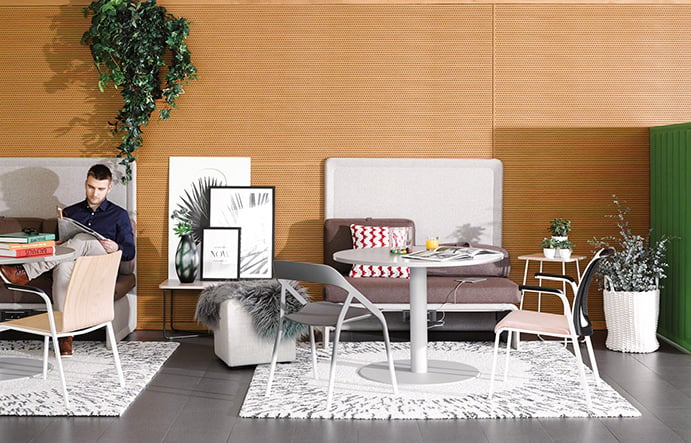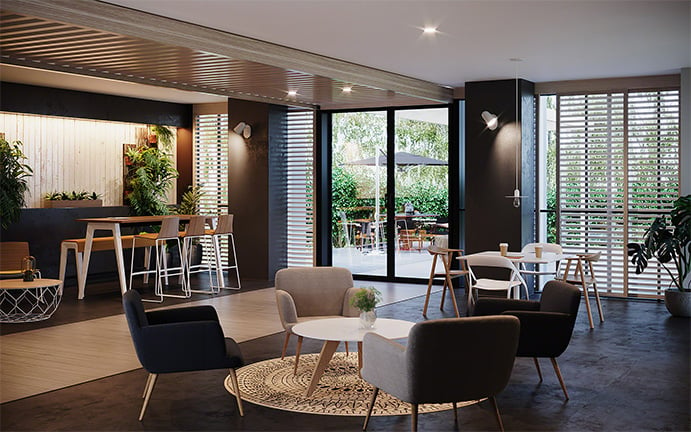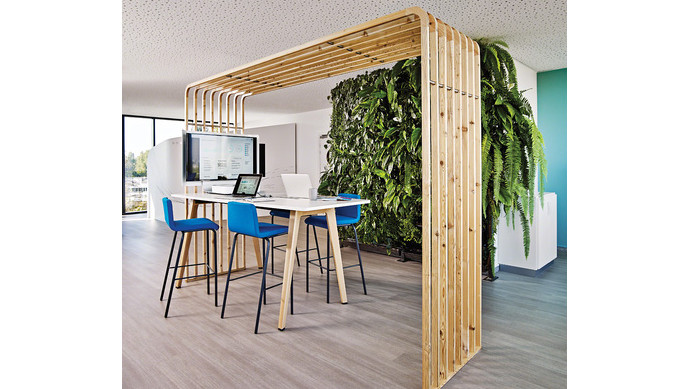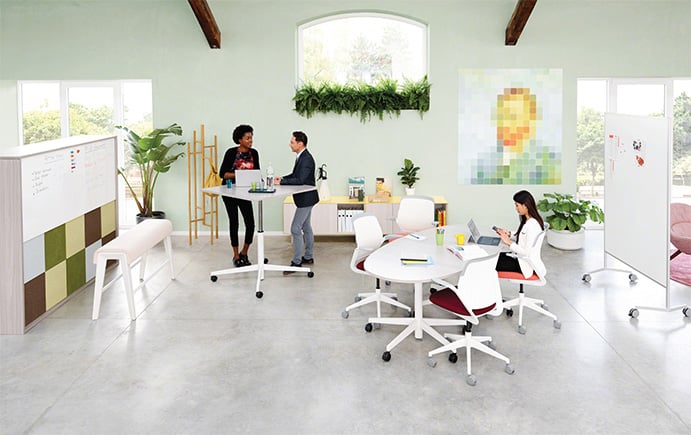Studies have shown that for the millennial generation, being happy in a job is not just about how much they’re being paid - rather it is about finding an inspiring working environment, feeling engaged with an organisation and having the flexibility to work in the way they find most rewarding. Interestingly, research suggests that all these requirements are intimately related.

Millennials crave a sense of purpose in their working lives
The 2017 Change Generation Report conducted by the Lovell Corporation showed that pay was not even among the top-three priorities for the 23 - 38 age group. Instead, finding a sense of purpose in work life was of paramount importance.
“For the first time, passion is ranked as one of the top three work values. Employers will be required to keep their spark alive in the workplace - ensuring work speaks to individual interests, provides growth and aligns with employee values”
The cliche of the millennials - selfish, lacking commitment and prone to job hopping - is a crude misrepresentation of the core values that drive their behaviour. Instead, research shows this generation possess an aversion to rigid hierarchies, a desire to be led through mentoring and to work in collaborative environments with flexible working capabilities. What is often read as disloyalty is more about a willingness to move on if their expectations around engagement are not met.
So, how do you design a workplace that acknowledges these kind of demands, creating the kind of dynamic and engaging working environment that gets the most out of a skilled and valuable segment of the labour force?
A generation with a sophisticated understanding of the impact of design
Research in the Design Management Review (DMR) found millennials already have strong views about the kind of spaces where they would be able to do their best work. The DMR found that younger workers aspired to work in:
“campus-like” environments, featuring multiple buildings and specific spaces for formal meetings, collaborative efforts… and so on.
At the same time:
“Google and Facebook are two companies frequently referenced when younger individuals described their ideal work environment”
It’s not the slides in the office and a free bar on a Friday night that’s firing millennial's imagination, then. Instead it’s having a range of spaces available to work in and a strong culture which they can identify with and contribute to.
So, here are just a few ways workplace design can help meet the expectations of a generation:
Collaborative work spaces - technology and flexibility:
According to Mindspace, 79% of millennials would rather their boss take on a less managerial role and instead serve as a coach or mentor. Workspaces which incorporate a range of informal settings: such as social spaces and breakout areas, can provide more casual, relaxed setting for this kind of communication and dynamic.
At the same time, giving individuals the flexibility to work in a range of formal and informal spaces, and in a range of postures, stresses a culture of self-determination. A younger ‘on demand’ generation are looking for more control over how and where work is completed. Providing mobile technology, as well as more flexible spaces and furniture, can also help this happen.

Creativity is key
This is a generation deeply committed to finding purpose in their daily work and being part of a collaborative, creative enterprise.
Ambient inspiration and thoughtful design elements can help inspire thinking and build a team culture. Meanwhile, providing for physical and emotional comfort though posture and proximity can affirm the importance of individuals in the creative process and foster a warm and nurturing environment.
Spaces should encourage people to visually explore multiple solutions by experimentation and engagement with integrated technology.
Green Office - Design for the circular economy
Steelcase has found that workspaces that reflect and respect the choices and priorities of teams who work in them are more successful in making workers feel more engaged. Indeed, the Futurist Keith Coats, argues that the millennial's concern about the environment will be one of the ‘tides of change’, that will define the war for talent in the years to come. Certain values are already looming large in this generation’s decision making about who they’ll work for, with 83% of this age group saying they would not work for an ‘unethical’ corporation.
A green office design can make a strong statement and powerful contribution to a corporate social responsibility mission - from recycling policy and facilities, commitment to energy saving and even choosing the types of materials with which workspaces are constructed.

Design choices define your culture
The choices you make about your work environments, therefore, and the choices they offer the people who work in them, can be seen to reflect your whole organisation’s shared priorities and objectives in a highly visceral way
And for millennials particularly, these experiences matter deeply. The Mindspace research found that 16% of 18-24 year olds said that they had left a job because of how poorly designed the office was, while 31% of these workers said their working environment made them feel uninspired.
For millennials, your commitment to them is evidenced by the specific qualities of the workplaces you design and the attention to detail you give them. This means everything from ergonomy to acoustics, environmental credentials, to the way you use technology and support flexible working.
All this is the evidence of your commitment to the people who will help you build your business in the future, the people whose ability to thrive and deliver is so tightly bound up with your own.
It is the key to recruiting and retaining a generation no longer bound by old notions of loyalty, business hierarchies and what constitutes a productive and rewarding working environment.




